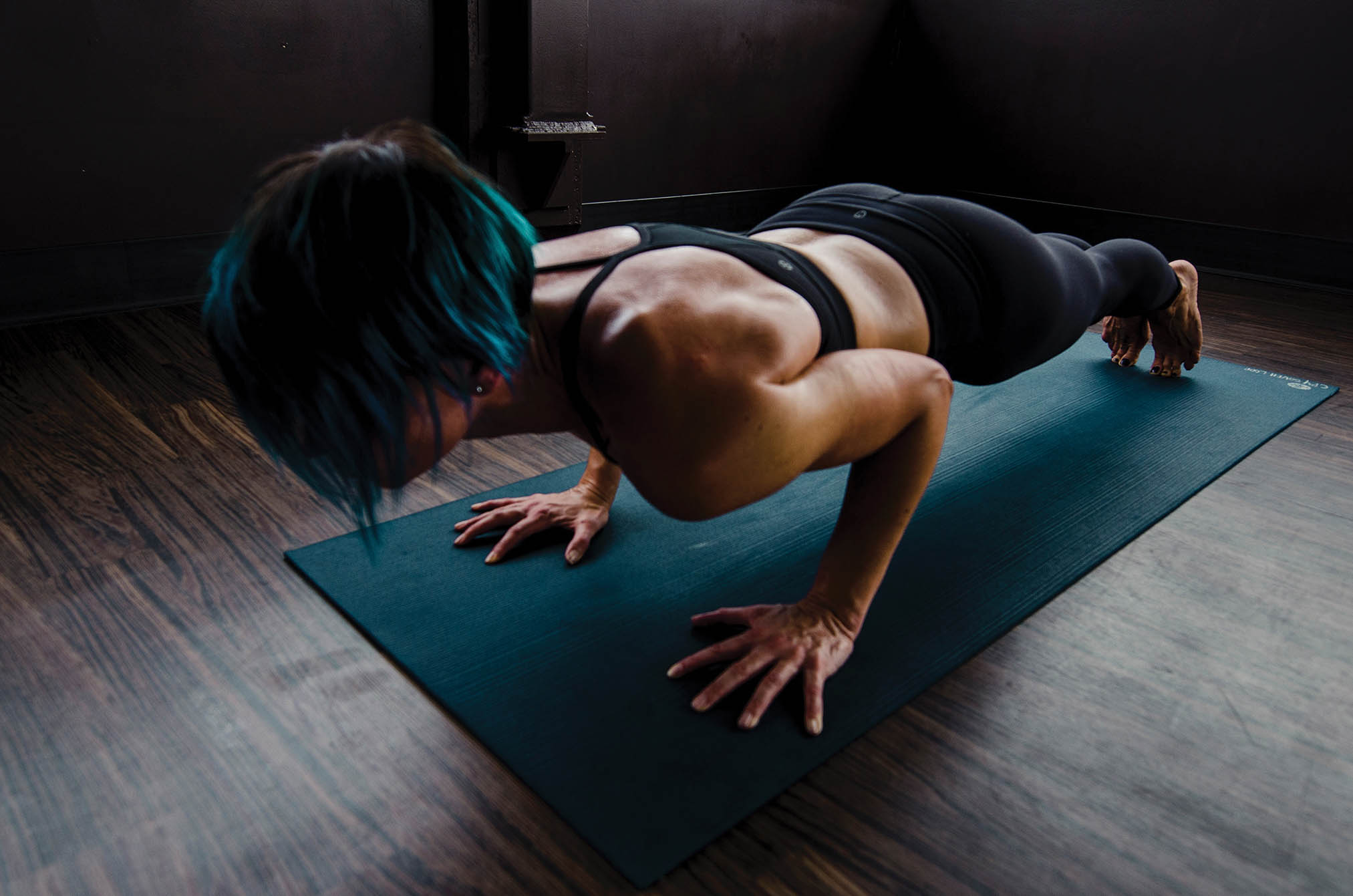The Science Behind Building Muscle

What if getting older didn’t have to include losing your mobility and independence? While there are no guarantees, you can do much to stay healthier at any age by building sufficient muscle.
It’s never too late to begin a fitness journey. However, many people get discouraged and quit when they don’t see instantaneous results. Knowing what to expect helps you stick to your routine for the long haul, reaping the benefits.
So how long does it take to build muscle? Here are the factors influencing your journey.
The Science Behind Building Muscle
Though there’s some truth to the saying “no pain, no gain,” your workouts should leave you energized, not drained. When muscles undergo a rigorous strength-training bout, they experience microscopic traumas to their fibers. This injury prompts a biochemical reaction, activating nearby cells to fuse fibers and make them hardier, preventing future damage. As a result, you become stronger.
The older you are, the longer this repair process takes. Your myocytes, or muscle cells, decrease in their ability to repair torn fibers. According to a blog by the Medical Guardian, a medical director at the Mruk Family Education Center on Aging reported that those who don’t exercise can lose up to 50% of their peak muscle mass by the time they reach 80.
Some loss is unavoidable, but regular strength training can make your body more efficient at gaining muscle. Even though people typically lose 5% of their muscle mass per decade, strength training with weights decreases the rate. It leads to increases in functional capacity, as seen in a study published by the National Library of Medicine with previously untrained individuals aged 64 to 75.
How quickly you see results depends on your fitness level when you begin training, your age, workout frequency and overall compliance with your program. Regardless of your starting point, adding resistance training to your routine brings results, typically within four to six weeks, per an article in Women’s Health Magazine. Maximum benefits begin appearing between weeks 8 and 12.
Best Exercises for Building Muscle
How do you build strength? It starts with resistance training, which involves applying your muscular strength to an external force. You have multiple options for building muscles through resistance training with or without equipment.
1. Bodyweight Movements
Bodyweight movements make resistance training accessible to anyone. You don’t have to join a Pilates studio to reap the benefits. You can complete many exercises in your living room while watching TV.
For example, a simple series of squats, planks and pushups work your lower body, upper body and core. Heed these standard safety tips to execute them without injury:
- Squats: Keep your weight in your heels, sitting back as if you were resting in a chair. Try to not let your knees creep forward too far over your toes. Should you bend below 90 degrees? If you don’t have any mobility challenges, you should be fine. However, those with knee or lower back problems can get an efficient workout by dipping into parallel.
- Planks: Warm up your wrists with a few circles, then keep them centered under your shoulders. Avoid letting your back arch or dip too low, but create a straight line from your shoulders to heels. Keep your neck aligned with your shoulders, not letting your head droop.
- Pushups: You can drop to your knees and gradually build if full-body pushups are too tough at first. The wider you place your hands, the more you work your chest and back. A closer grip transfers more of the work to your triceps.
You can also find dozens of bodyweight exercises online or purchase a chart of moves. You don’t need any equipment.

2. Free Weights
Both free weights and machines have pros and cons. Free weights force you to incorporate smaller, auxiliary muscles to maintain proper form, helping you burn more calories overall. They also provide a broader range of motion than many machines, although you must avoid overextension or risk injury.
Free weights typically cost less than machines if you prefer home workouts. However, many fitness facilities have a wide range in multiple sizes, allowing you to progress without spending more cash.
3. Weight Machines
Weight machines allow you to focus on strengthening a specific muscle group. They provide targeted action and help beginner exercisers stay safer by keeping their bodies in proper alignment.
If you’re an extrovert who thrives on contact with others, you might gravitate toward a gym for a wider range of such equipment. You can find multi-functional units for home use, but they tend to get pricey.
4. Resistance Bands
Quality resistance bands combine many free-weight features with a lightweight form that makes them affordable and convenient. You can pick up many sets for less than $50 with various attachments for working every muscle group.
These devices are boons for frequent flyers. They tuck easily into a suitcase without adding weight, letting you take your workout on the road. You can also easily store them under your couch.
–
Strength training helps you build muscle at any age. How long it takes depends on multiple factors, but the benefits are clear.
Now that you understand the science behind how long it takes to build muscle, it’s time to embark on your fitness journey. The sooner you start, the more quickly you can relish the perks of improved health, mobility and independence.
About the Author

Mia is a health and wellness writer and the Editor In Chief at Body + Mind. She specifically enjoys writing about women’s fitness, as well as mental health-related topics. When she’s not writing, Mia can usually be found reading poetry, taking a dance or cardio class, or hiking.






